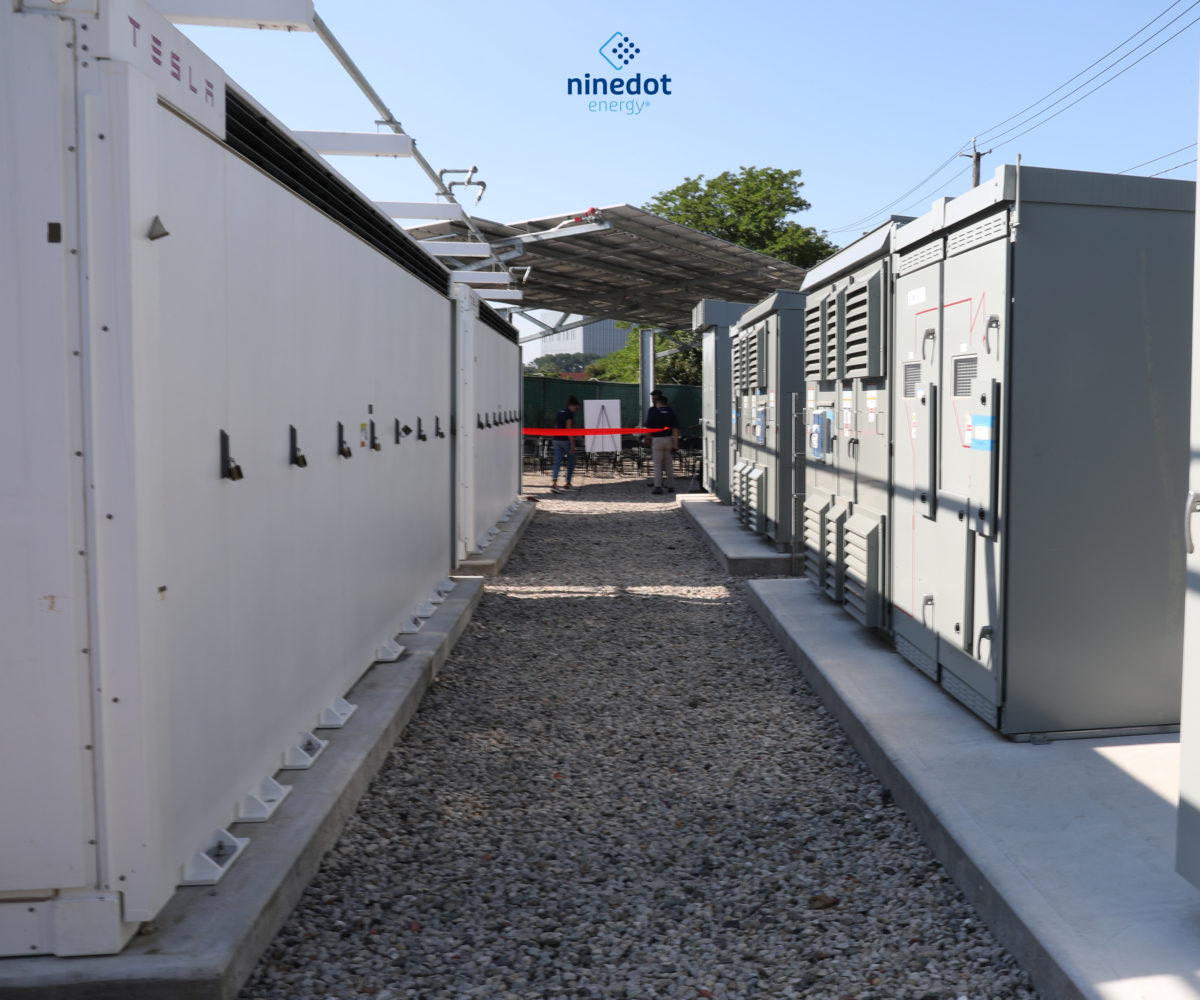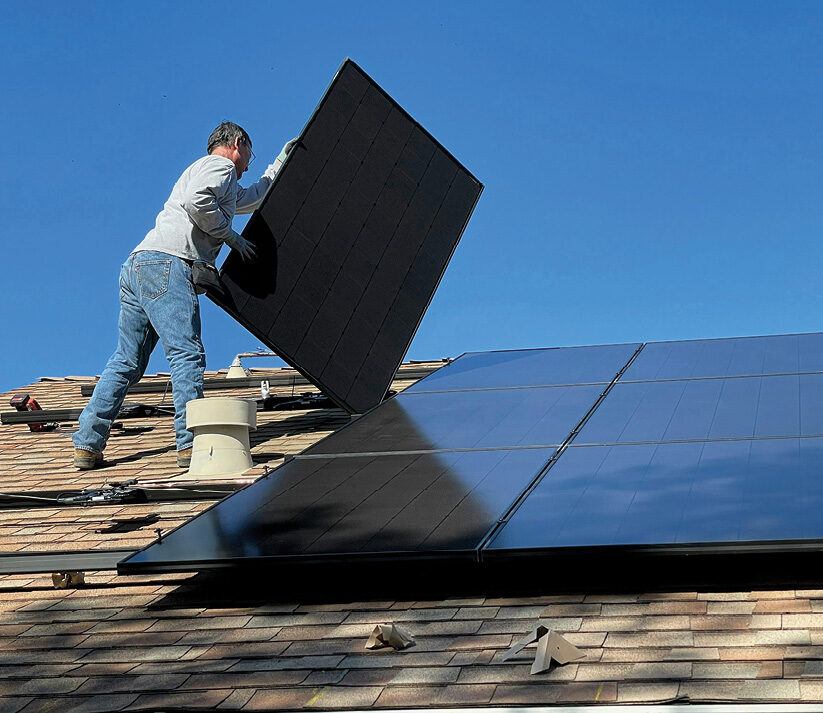The New York State Public Service Commission approved a new framework for New York to achieve 6 GW of energy storage by 2030, representing at least 20% of the peak electricity load of New York State.
The original Energy Storage Order was developed in 2018 and had a target of 3 GW of energy storage. However, New York set ambitious clean energy goals through the Climate Leadership and Community Protection Act, including generating 70% of the state’s electricity from renewable sources by 2030 and 100% zero emission electricity by 2040. The new order doubles the energy storage goals set in 2018, increasing the target to 6 GW by 2030.
The funding authorizes $814.6 million in total energy storage funding, which breaks down to $675 million for 1.5 GW of community and C&I energy storage incentives, $100 million for 200 MW of residential incentives, and $39.6 million for program administration.
“Expanding energy storage technology is a key component to building New York’s clean energy future and reaching our climate goals,” said Governor Hochul. “This new framework provides New York with the resources it needs to speed up our transition to a green economy, while ensuring the reliability and resilience of our grid.”
According to New York State Energy Research and Development Authority (NYSERDA), these future procurements, combined with the 1.3 GW of existing energy storage being procured or already under contract and getting closer to commercial operation, will allow New York to achieve its 6 GW goal by 2030. NYSERDA reports that as of April 1, 2024, New York has awarded about $200 million to support approximately 396 MW of operating energy storage in the state.
“Governor Hochul has long been a staunch supporter of energy storage development in New York State, and with her steadfast support, we have been able to develop this roadmap to guide New York away from fossil-burning power plants to a clean energy economy,” said Rory M. Christian, chair of the Public Service Commission.
The Roadmap includes:
- 3,000 MW of new bulk storage, enough to power approximately one million homes for up to four hours, to be procured through a new competitive Index Storage Credit mechanism;
- Use of at least 35% of program funding to support projects that deliver benefits to Disadvantaged Communities (DACs) and that target fossil fuel peaker plant emissions reductions, with program carve-outs for projects sited in the downstate region, given its high concentration of DACs and peaker plants;
- Requiring electric utilities to study the potential of high-value energy storage projects toward providing cost-effective transmission and distribution services not currently available through existing markets;
- Continued prioritization by existing programs on investing in R&D related to reliable long-duration energy storage technologies; and
- Requiring payment of prevailing wage for energy storage projects with a capacity of 1 MW and above.
- Fire safety requirements must be in NYSERDA Implementation Plans, reflecting recommendations from the Fire Safety Working Group.
“By setting clear and ambitious targets for energy storage deployment and creating robust incentive structures for both retail and residential projects, this order lays the foundation for a cleaner, more reliable energy grid. NYSEIA applauds the dedication and vision of these agencies, and we look forward to continuing our collaboration to achieve these critical goals for the benefit of all New Yorkers” New York Solar Energy Industries Association (NYSEIA) said.
The roadmap will support a buildout of storage deployments estimated to reduce projected future statewide electric system costs by nearly $2 billion, according to NYSERDA, in addition to further benefits in the form of improved public health because of reduced exposure to harmful fossil fuel pollutants.
“With more renewable generation than any other state on the east coast, deep duration storage is only going to become more critical to keeping the lights on as New York continues to work towards its decarbonization goals,” said Jordan Cole, chief commercial officer of Hydrostor. “New York has recognized that 8+ hour storage is needed to move the energy transition forward while maintaining the reliability of the grid, and we’re confident that other states will follow. We look forward to working with NYSERDA on its implementation plan.”
Next steps to be taken include the development of implementation plans by NYSERDA, which will include stakeholder input. The commission will then review and approve the plans before the incentives are made available.
This content is protected by copyright and may not be reused. If you want to cooperate with us and would like to reuse some of our content, please contact: editors@pv-magazine.com.









By submitting this form you agree to pv magazine using your data for the purposes of publishing your comment.
Your personal data will only be disclosed or otherwise transmitted to third parties for the purposes of spam filtering or if this is necessary for technical maintenance of the website. Any other transfer to third parties will not take place unless this is justified on the basis of applicable data protection regulations or if pv magazine is legally obliged to do so.
You may revoke this consent at any time with effect for the future, in which case your personal data will be deleted immediately. Otherwise, your data will be deleted if pv magazine has processed your request or the purpose of data storage is fulfilled.
Further information on data privacy can be found in our Data Protection Policy.